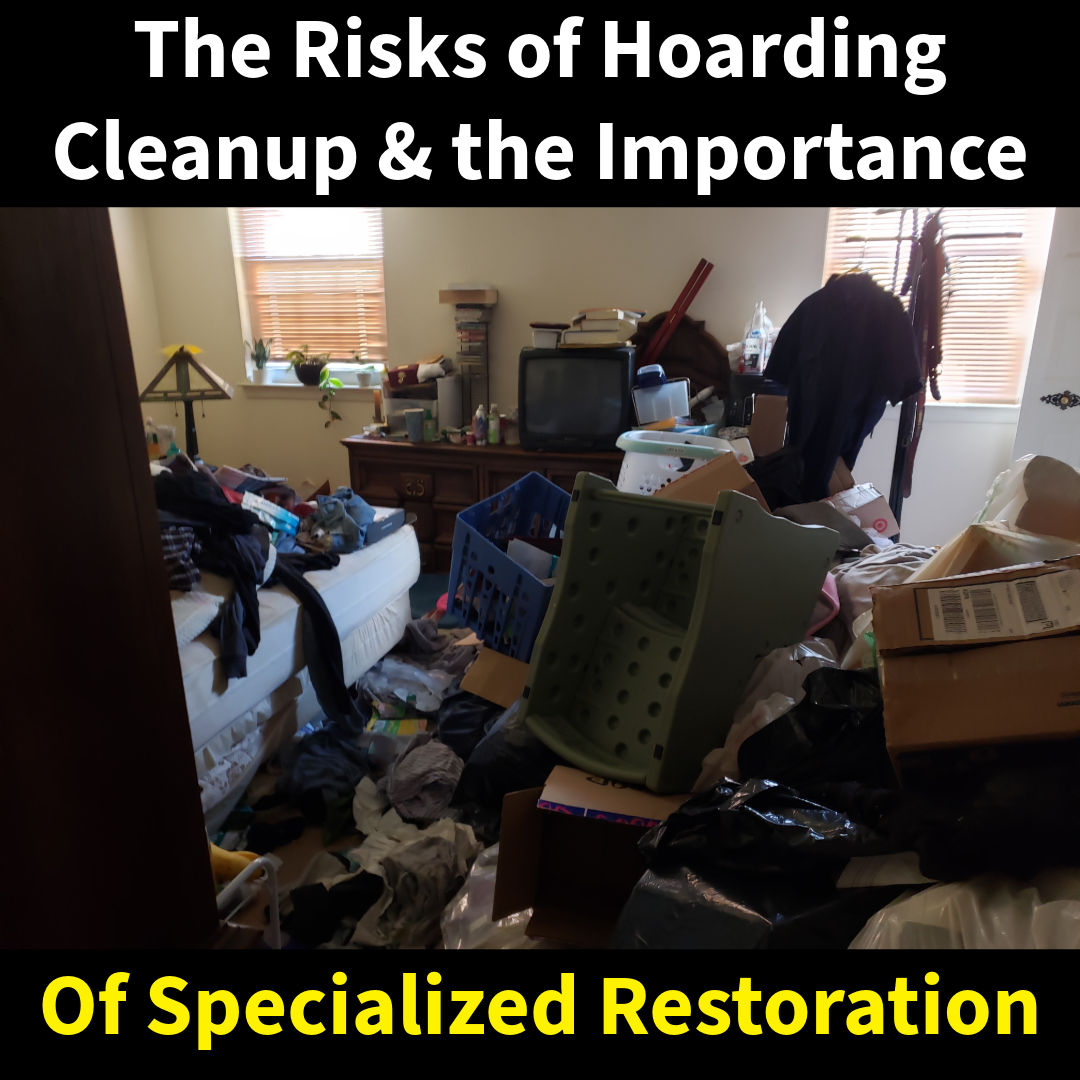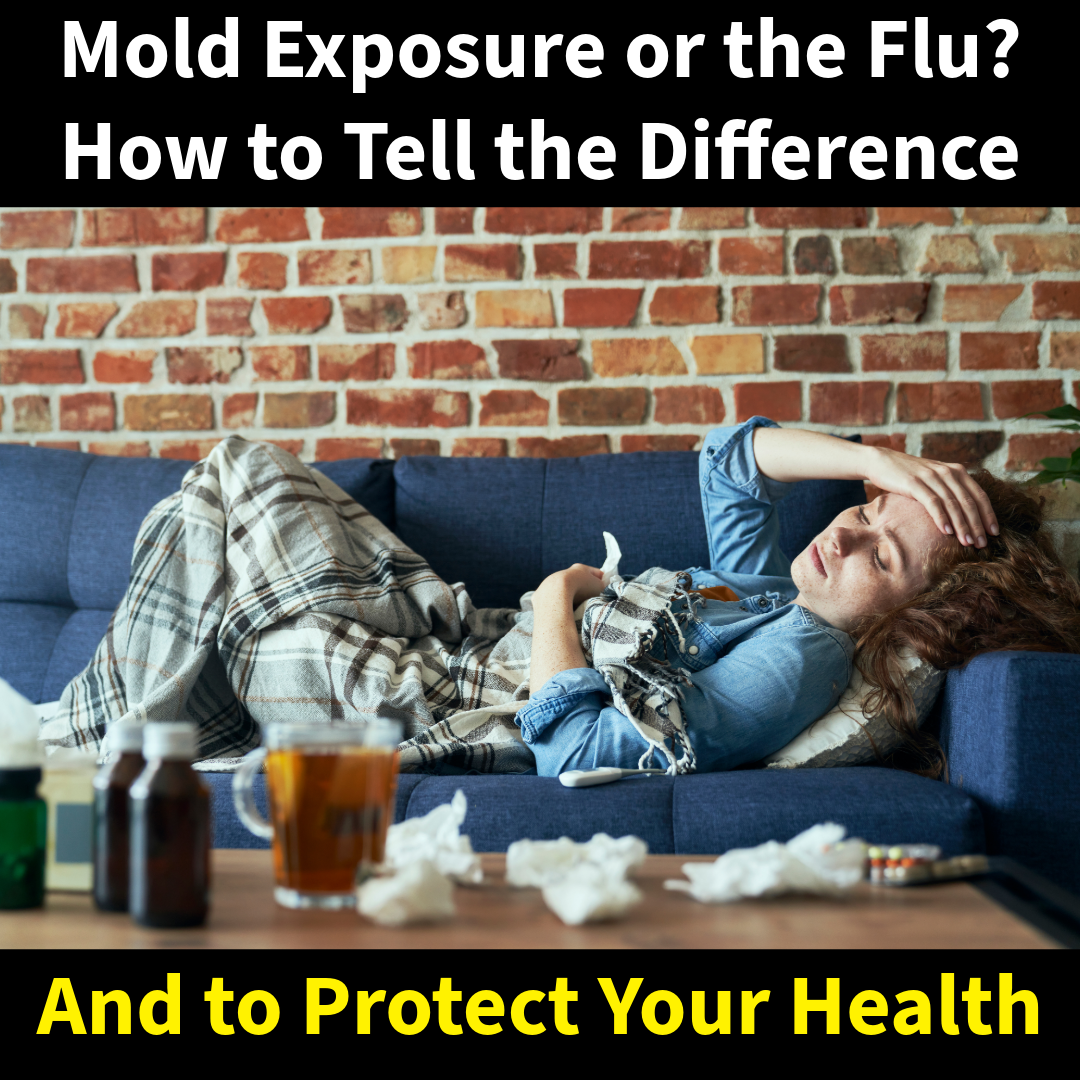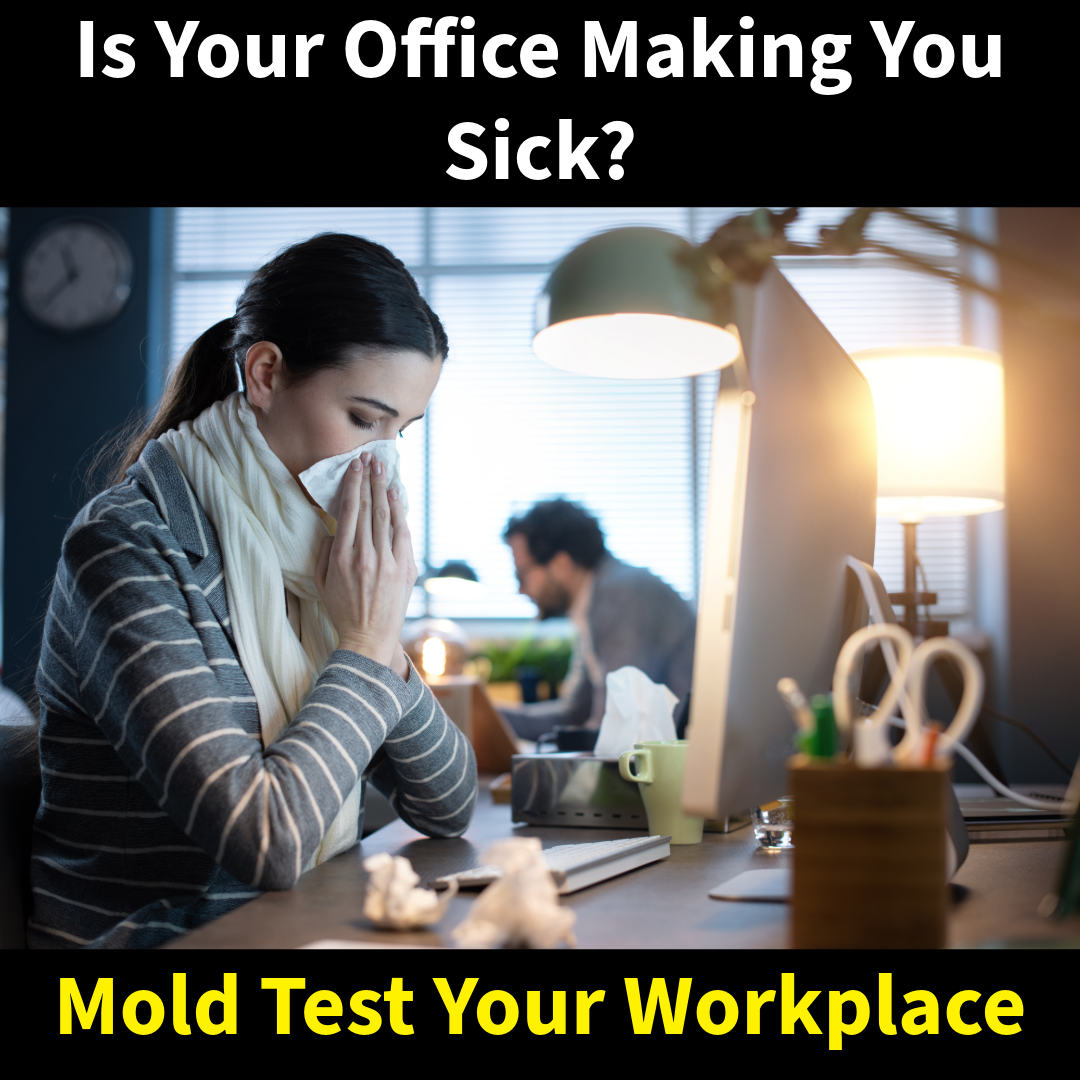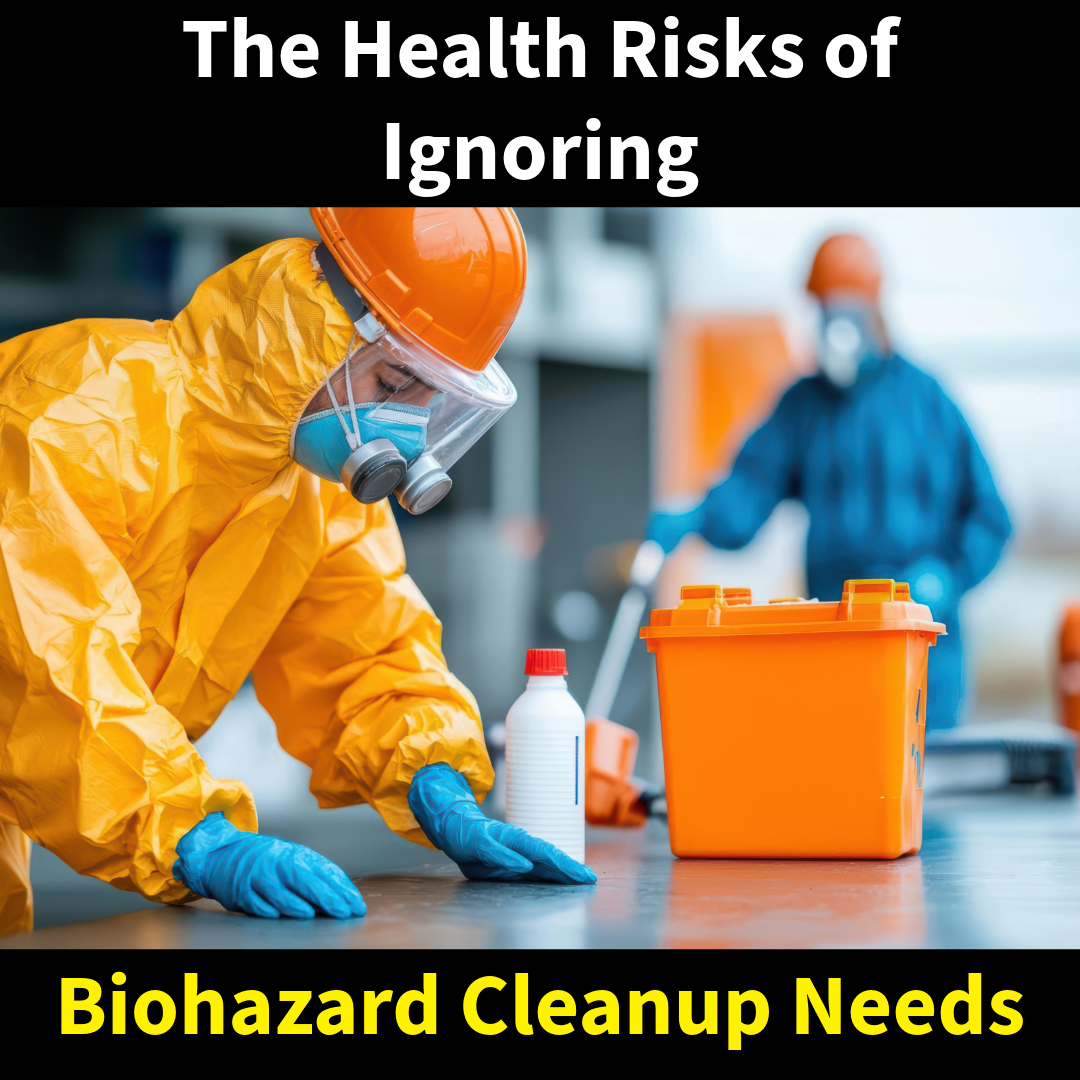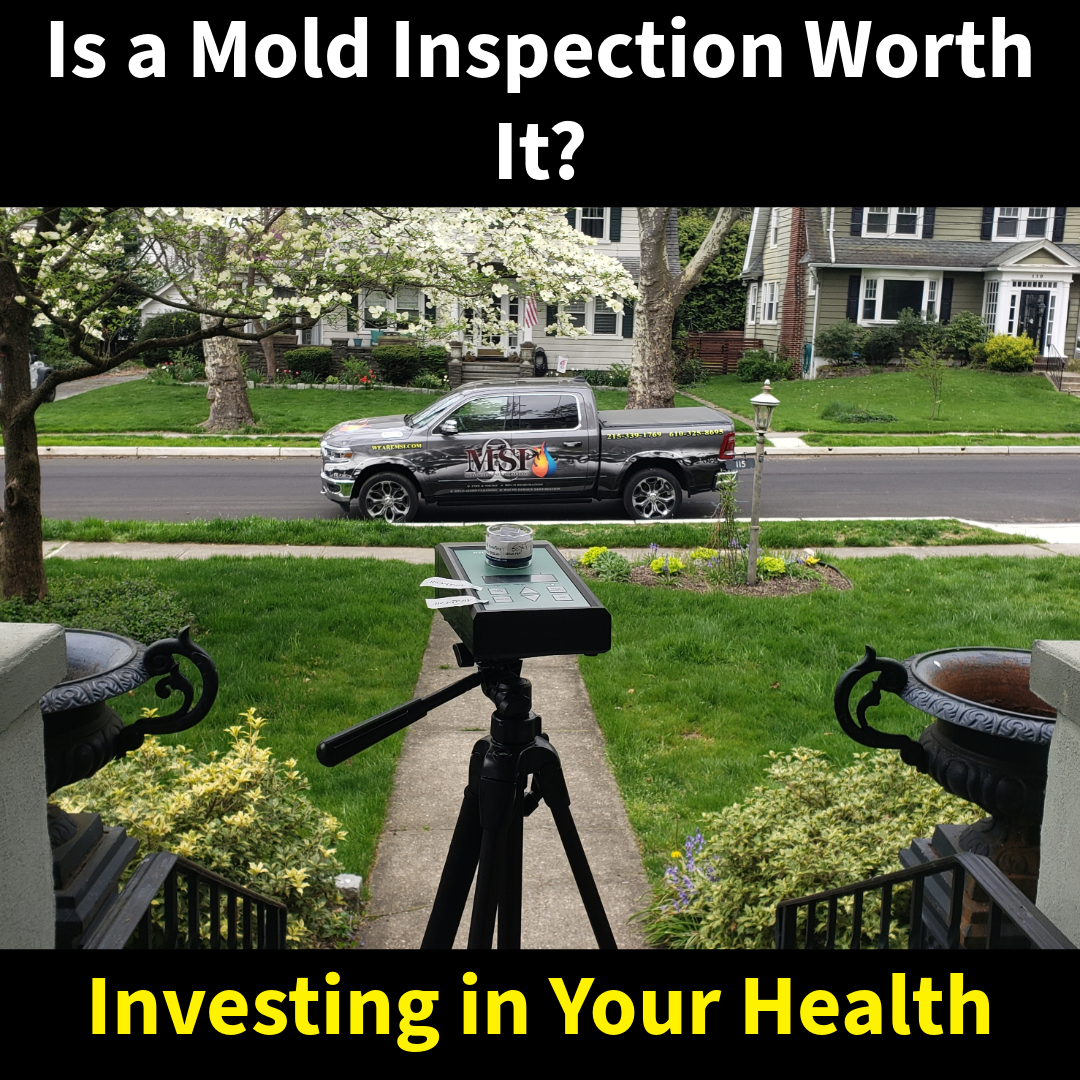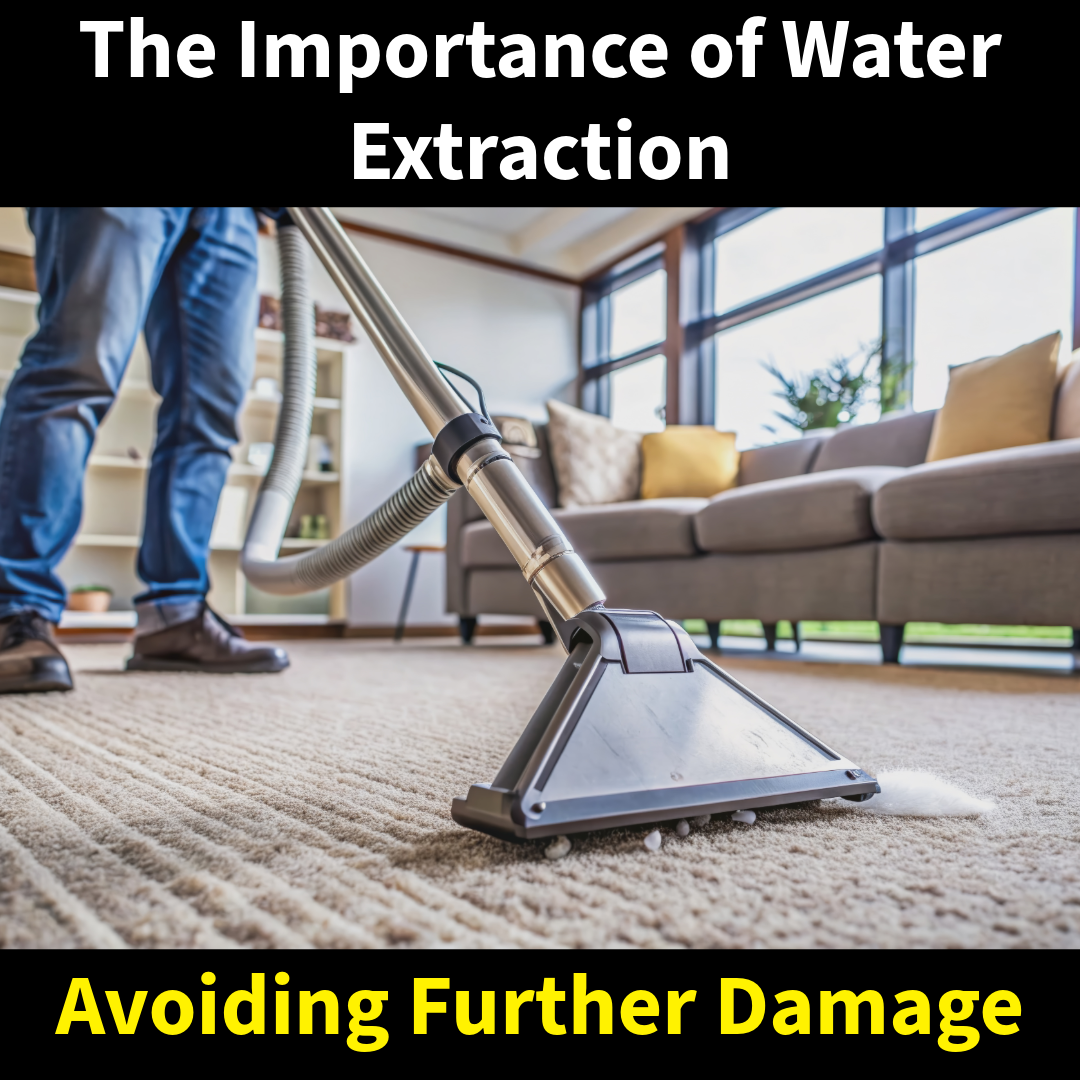Hoarding situations are more than just clutter — they can hide serious environmental hazards that put both occupants and cleanup crews at risk. At MSI, we’ve handled countless properties where hoarding wasn’t the only problem. Behind the stacks of items and debris, we often find dangerous mold growth, water damage, biohazards, and structural concerns that junk removal companies simply aren’t trained or equipped to handle.
The Hidden Dangers Behind the Clutter
When a home is packed from floor to ceiling, it becomes nearly impossible to identify and address underlying issues like:
- Undetected Water Damage: Leaks from plumbing, roofing, or appliances often go unnoticed in hoarded environments. The moisture gets trapped, creating the perfect breeding ground for mold.
- Mold Growth: Mold thrives in dark, humid areas — which are common in hoarded homes. Without proper ventilation or cleanup, mold can quickly spread behind walls, under floors, and within the contents themselves.
- Air Quality Issues: Mold spores, dust, bacteria, and even pest droppings can accumulate to dangerous levels, making the air hazardous to breathe — especially for those with asthma, allergies, or compromised immune systems.
Why Junk Companies Aren’t Enough
Many families turn to junk removal companies thinking they can solve the problem — but these teams typically aren’t trained in environmental hazard detection, proper PPE use, or safe remediation practices. Here’s where the difference lies:
- Junk companies focus on removal, not remediation. They often overlook or unintentionally spread mold and other contaminants during cleanup.
- No testing or containment protocols are in place with most junk crews, increasing the risk of exposure and cross-contamination.
- They aren’t licensed or certified to handle the biohazards, mold, or water damage often found in hoarded homes.
When Cleanup Blocks Critical Repairs
In many of these homes, plumbing issues, HVAC repairs, and even simple maintenance tasks are impossible due to the sheer volume of items. We’ve seen cases where:
- Leaking pipes couldn’t be accessed for months, leading to extensive mold and structural damage.
- Heating and cooling systems failed, worsening humidity and indoor air quality.
- Rodents or insects went undetected and caused further damage behind inaccessible areas.
Until the hoard is professionally cleared, these repairs can’t be made — and the longer you wait, the worse the damage gets.
The MSI Difference
At MSI, we take a comprehensive approach. We don’t just clear out the space — we identify and remediate mold, detect water damage, sanitize contaminated areas, and create a safe environment for repairs and future occupancy. Every member of our team is trained to recognize health hazards and wear proper protective equipment, ensuring your cleanup is done safely and legally. If you or a loved one is facing a hoarding situation, don’t trust a quick-fix junk crew. Call MSI for a free consultation and let us help restore the home — and peace of mind — the right way.



